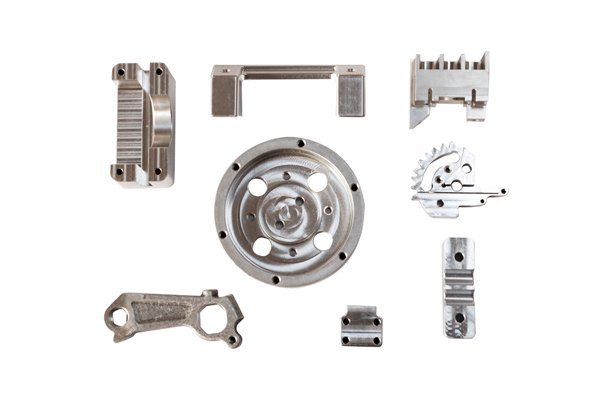Did you know that stainless steel is one of the most widely used materials in manufacturing, prized for its durability, corrosion resistance, and aesthetic appeal? In industries ranging from aerospace to medical equipment, stainless steel parts are integral to ensuring product quality and performance. However, achieving precise machining accuracy when working with stainless steel can be challenging. With the continually advancing technologies in Computer Numerical Control (CNC) machining, understanding how to control this accuracy is essential for manufacturers aiming to stay competitive in today’s market.
In this blog, we will explore the fundamental aspects of controlling machining accuracy when CNC machining stainless steel. Through best practices, in-depth knowledge, and practical solutions, we aim to empower manufacturers of all sizes to improve their machining processes and deliver high-quality products consistently.
Understanding Machining Accuracy
What is Machining Accuracy?
Machining accuracy refers to the degree to which the produced part conforms to the desired specifications, including dimensions, surface finish, and tolerances. Several factors can influence machining accuracy, including tooling, machine conditions, operator skills, and the material being machined.
Importance of Machining Accuracy
Accuracy in machining impacts not only the functionality of the parts but also the overall quality of the final product. Even minor deviations from specifications can lead to:
Given these implications, focusing on machining accuracy is crucial for maintaining a competitive edge in manufacturing.
Factors Affecting Machining Accuracy
Machine Tool Condition
One of the most significant factors in controlling accuracy is the condition of the CNC machine itself. Regular maintenance checks and corrective actions to address wear and tear can substantially influence machining precision. Factors to consider include:
Machine Setup and Calibration
Proper machine setup and calibration are crucial for achieving machining accuracy. Steps to achieve this include:
Tool Selection
The choice of tooling directly affects the accuracy of CNC machining. When working with stainless steel, it is crucial to:
Cutting Parameters
Cutting speeds, feed rates, and depth of cuts all significantly impact machining accuracy. To optimize these parameters, manufacturers should consider:

Environmental Factors
The machining environment plays a crucial role in accuracy. Factors such as temperature, humidity, and cleanliness can introduce variability into the process. Recommended practices to mitigate issues include:
Solutions for Enhanced Machining Accuracy
Implementing Advanced Technologies
Advancements in technology provide valuable solutions for improving machining accuracy. Some include:
Quality Control Protocols
Establishing rigorous quality control protocols is vital for maintaining accuracy. This can involve:
Employee Training and Development
Highly skilled operators are a crucial factor in achieving machining accuracy. Comprehensive training programs for employees can significantly improve outcomes. Focus on:
Case Studies of Successful Implementation
Example 1: Aerospace Manufacturer Streamlining CNC Machining
A prominent aerospace manufacturer faced challenges with achieving consistent accuracy while machining stainless steel components for aircraft. By implementing a combination of real-time monitoring systems and investing in high-quality tooling, they managed to reduce tolerances from ±0.005” to ±0.001.” The enhancements in accuracy saved costs and minimized rework, boosting overall production efficiency.
Example 2: Medical Device Company Improving Quality Control
A medical device manufacturer struggled with maintaining dimensional accuracy in parts made from stainless steel. They initiated a dual approach by investing in adaptive control CNC systems to adjust machining parameters in real-time and curated comprehensive training modules for their machine operators. As a result, they reported a 30% reduction in scrap rates and improved customer satisfaction levels due to higher precision in their products.
Controlling machining accuracy when CNC machining stainless steel involves a multi-faceted approach encompassing technology, quality control, environmental considerations, and skilled operators. By investing in machine maintenance, choosing the right tools, optimizing machining parameters, and implementing advanced technologies, manufacturers can significantly enhance precision levels in their processes.
The importance of these measures cannot be overstated, as they directly affect production costs, product quality, and customer trust. As the manufacturing landscape continues to evolve, staying committed to improving machining accuracy will not only enhance operational efficiency but also solidify a manufacturer’s reputation in a highly competitive market.
In summary, understanding and adopting the core techniques discussed in this blog is essential for any manufacturer aiming for excellence. The ongoing discussion about machining accuracy is ever relevant, and it is crucial for industry professionals to remain vigilant and proactive in their strategies to ensure success. By taking these measures seriously, manufacturers can secure their place at the forefront of their respective fields.






